Finding your personal photographic style is something of a holy grail to photographers, yet seldom an overnight occurrence. Nor would you want it to be, as developing a style that is uniquely yours is one of the most exciting and rewarding aspects of photography. For a lot of photographers, it is an ongoing, ever-evolving process, influenced by many factors. Some photographers find a single style that works for them, which they stick to and hone, while others might develop two or more dominant styles.
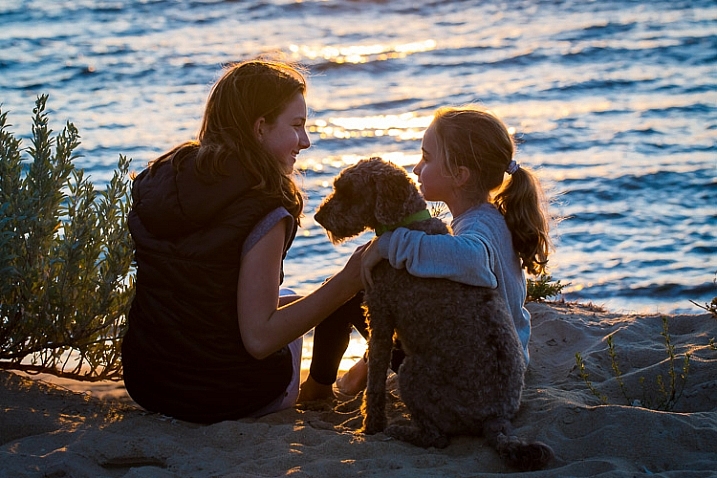
The beach and water feature in many of my images
What defines a photographic style?
Personal style can be defined by any number of things. It can be your choice of subject matter, the way you light or style your subjects, your shooting angle, cropping, a particular colour or tonal range you’re drawn to, your post-processing style, or any combination of these and more.
Consider those photographers, whose work is instantly recognizable. Some of the greats such as Annie Leibovitz, Ansel Adams, Henri Cartier-Bresson – their styles are so distinctive that the viewer is left in no doubt as to whose work they are viewing. Adams is probably best known for his iconic black-and-white images of the American West, and his renowned technical perfectionism. Cartier-Bresson is considered by many to be the father of modern photojournalism. His style was humane and spontaneous, and he broke many rules in order to capture the decisive moment. Leibovitz developed her trademark style, involving the use of bold primary colours and unexpected poses, while working at Rolling Stone magazine. Her highly styled fashion and celebrity portraits bear her signature in every detail.
There are many photographers with unique styles, who may not yet have reached such heights of fame. The photographs below are the work of Australian-based photographer Juanita Haslett (Little Forest Photography). Juanita’s style is distinguishable by her unposed approach to her subjects, the subjects themselves (usually young children), the wild, natural settings, and her distinctive editing style.

Photo credit: Juanita Haslett, Little Forest Photography
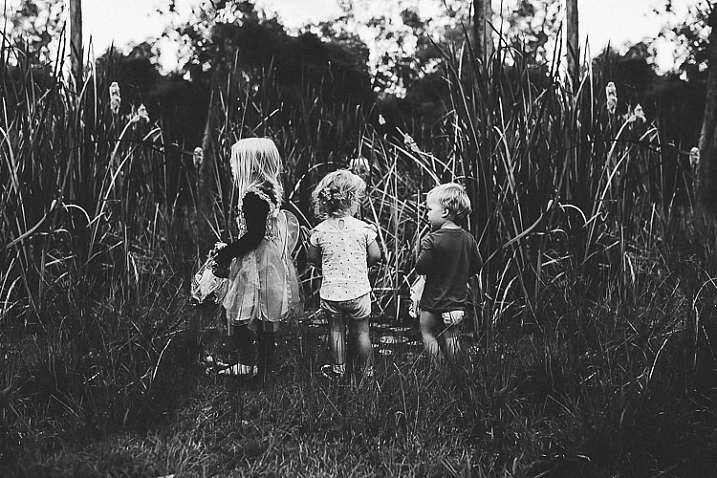
Photo credit: Juanita Haslett, Little Forest Photography
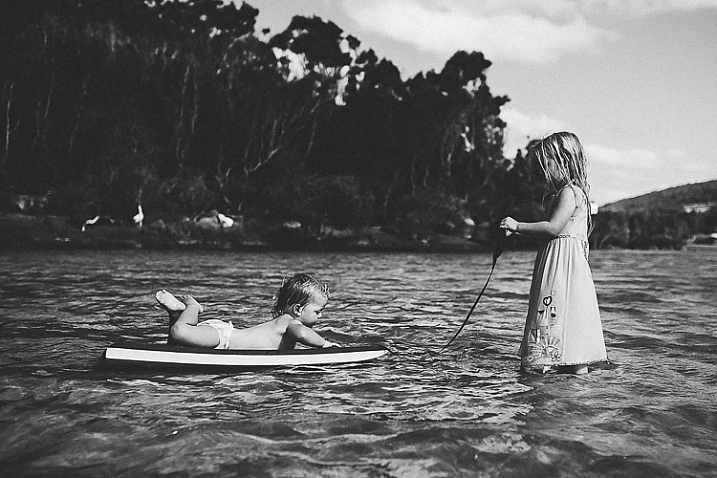
Photo credit: Juanita Haslett, Little Forest Photography.
Forget what everyone else is doing
When I was finding my feet as a portrait photographer, I was thrown off course time and time again by what other people in my industry were doing. Everywhere I looked were posed newborns – Photoshopped composites of babies in baskets, bowls and nests, babies in froggy pose, babies hanging in dreamcatchers, and swaddled in an assortment of wraps, headbands and hats with ears. Alongside the posed newborn images were photos of small children in forests and fields, bathed in an otherworldly golden light and sun flare – always the sun flare!
I figured that since everyone seemed to be photographing this way, it was what clients wanted. As I tried to recreate what they were doing (and had been doing long before I came along) their images populated my news feed every time I went online, serving as visual reminders of what I was failing at. In trying to do what everyone else was doing, I found myself lost in a sea of sameness.
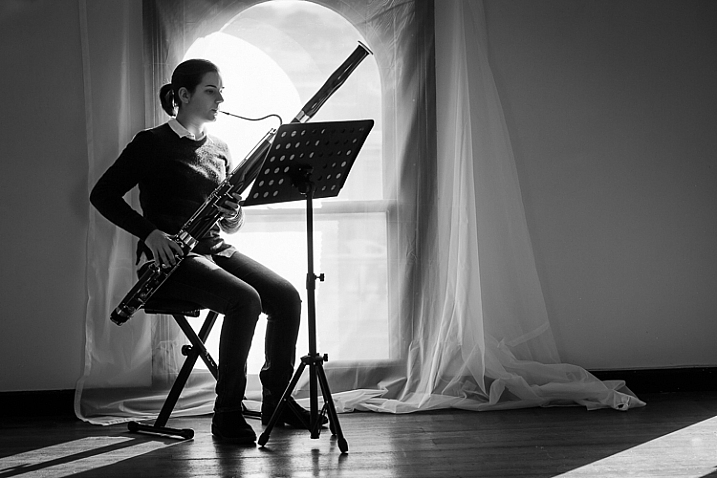
My daughter chose to learn the bassoon rather than the piano. Her choice to do something different has helped her stand out from the pack, and has opened many doors for her.
The thing about stand-out photographers is that they stand out precisely because they are not doing what everyone else is doing. Your style is what sets you apart from everyone else. Sometimes, this means being brave and following a less popular path. So, be inspired by others, but don’t compare yourself. Admire their work, but don’t try to emulate it, because you will only end up looking like a poor imitation of something great.
The examples below are the work of Steve Scalone, a Melbourne-based photographer whose clean, graphic composition and unusual shooting angles are his trademark. Steve specializes in a very different genre to mine, but I follow his work, and admire it because it reminds me of the importance of being brave and different.
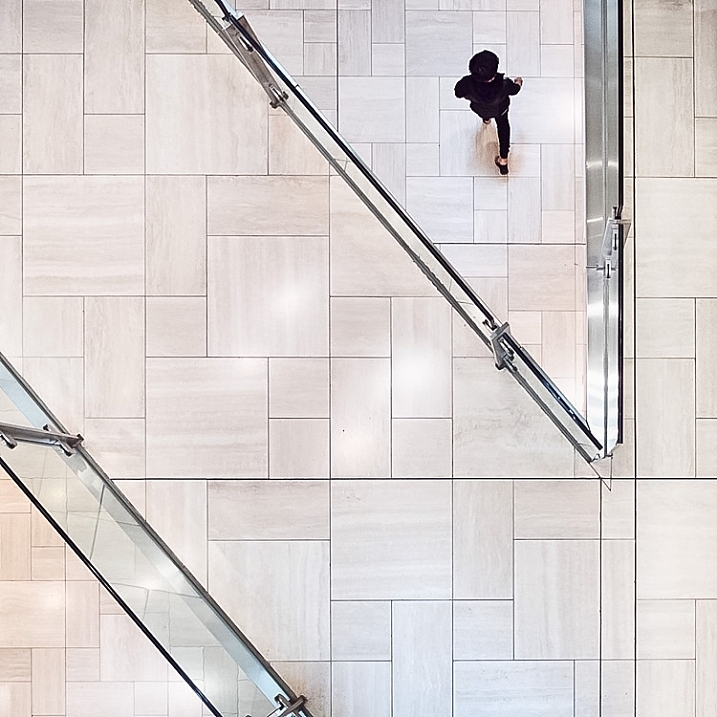
Photo credit: Steve Scalone

Photo credit: Steve Scalone
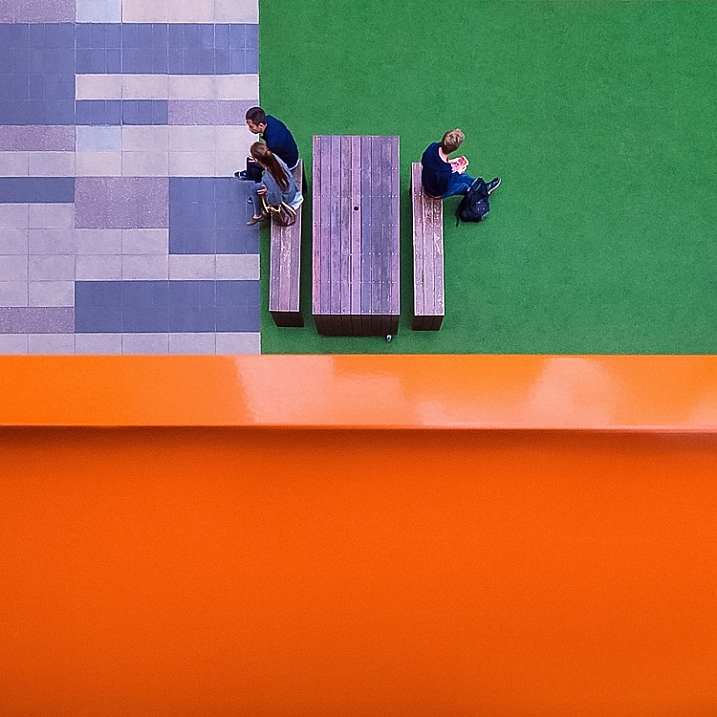
Photo credit: Steve Scalone
Figure out what inspires you
It’s helpful to understand how your passion was born. Keeping this at the forefront of your mind will help keep those doubts in check when they come creeping in, as they inevitably will. While you shouldn’t try to copy anyone else’s style, there is nothing wrong with being inspired by others. For many of us, another photographer’s work is what ignites that first spark in us, urging us to explore this medium further.
Who or what made you first fall in love with photography? Was there a family member whose photos struck a chord? A photo you saw in the newspaper, or an exhibition you attended? Sometimes it’s a combination of many things, and it can be hard to pinpoint the one thing that’s had the greatest impact.
For a long time, I thought my first photographic love was Cartier-Bresson, evidenced by my love affair with black-and-white and candid photography. However, I was only introduced to Cartier-Bresson’s work when I already owned an SLR, by which stage the stable door had long been left open, and the horse had well and truly bolted.
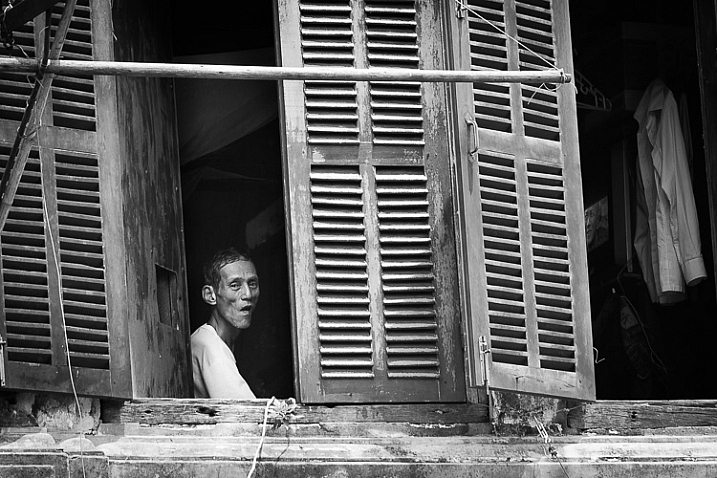
My admiration for Cartier-Bresson is evident in my love of black-and-white street photography.
My first real engagement with photography was through my father. He documented our childhood growing up in South Africa in the 1970s, with a Minolta SLR and slide film. He had no formal training, just an eye for light and composition. Dad regularly treated us to slide shows, and none of us complained because his photos were so beautiful. There wasn’t a dull or dreary image among them, since Dad’s most active shooting season was during our summer holidays, in the mountains and on the coast.
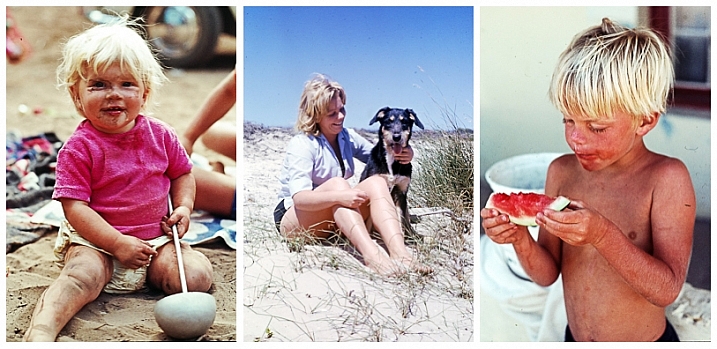
My father documented our childhood in South Africa on slide film. Photo credit: Erik Holmgren
After we immigrated to Australia, the slides became even more important to us. Projected life-size on the wall, they allowed us to re-live all those happy memories, and kept our birth country alive for us when we were desperately homesick.
It was only recently that I realized just how much of an impact my father’s photography has had on my style. First, I favour natural over heavily edited. With so many editing tools at our disposal, there is the temptation to fiddle and alter until we end up with an image that is nothing like what we set out to capture. Dad’s photos have a beautiful rawness about them; they tell it as it really was.
Second, I am drawn to water and other natural environments, particularly when photographing children.
Third, I love big, beautiful photographic wall art, and I’m sure it harks back to those slideshows! I love how you can see all the detail of expressions and connections within a photograph when it is projected large on the wall.

My father’s photography has had a huge influence on my style. Photo credit: Erik Holmgren
Develop your style
Spend an afternoon looking back over the photographs you’ve taken. It’s a rewarding rainy day activity! Create a collection of your favourites, but don’t overthink it. Be spontaneous, and you’ll gravitate to those images that make your heart skip a beat.
Now take a good look at them. Do you notice a pattern? It may be subtle, and it may take a while to see it, but here are some things to consider:
What do you like to photograph? Let’s say it’s children. Are they young children or teens? What are they doing when you photograph them? Do you like to catch them in action, or quiet reflection? Candid or styled? Are they indoors or out? What do their surroundings look like?
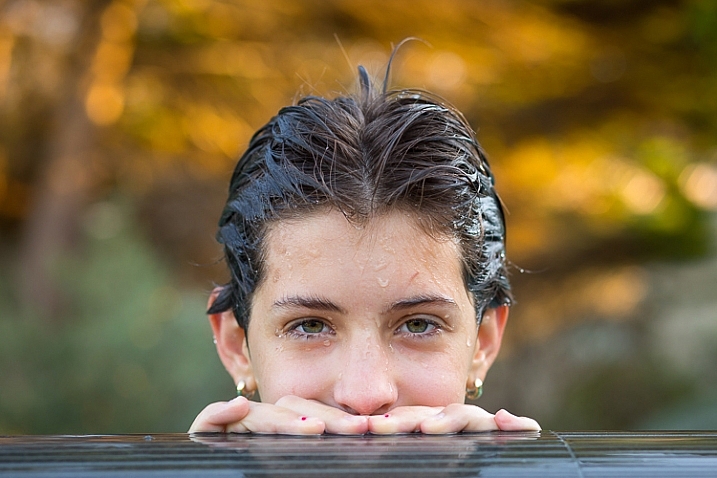
Warm colours of early morning or late afternoon light contribute to style.
What about focal length? Do you photograph close up, or do you like to include some background to help tell the story? Do you favour the compression of a zoom lens or do you prefer a wider angle lens? Do you like to keep some background detail, or do you shoot with a wide aperture to keep it soft? Do you shoot from above, below, behind, in profile? Do you compose your images with lots of foreground, lots of sky, or do you frame your subjects with things like trees?
Now think about the lighting. What time of day have you taken your favourite photos? Are they brightly lit or full of shadows? High key, deliberately underexposed, or somewhere in between?
Is there a colour or tonal range that dominates your photos? There will be evidence of this in your choice of subjects, locations and your editing style. You might find the majority of your favourites are black and white, or maybe you’re drawn to warm reds and golds, or even neutrals. Do you prefer to edit for crisp colours and sharp images, or do you favour the softer outlines and colours that are reminiscent of film?
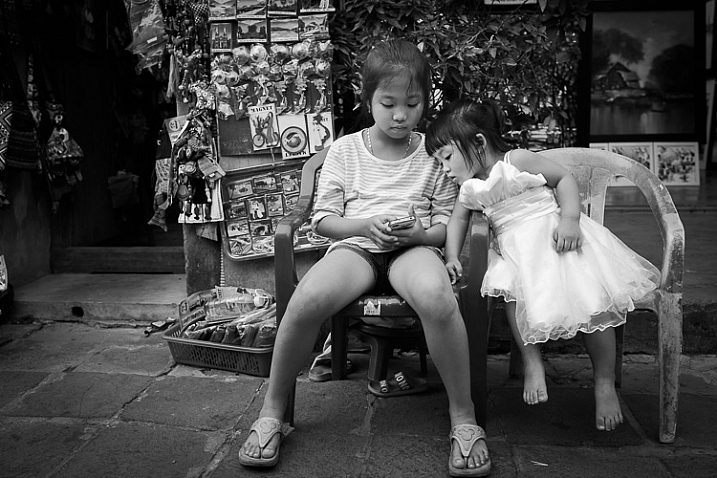
Black and white is one of my two dominant styles
All of these elements contribute to your photographic style. Once you identify them, you can start honing in on your style by emphasising the things that move you, and then watch your style grow.
So, how has your style developed? Have you noticed a big difference in the way you shoot or edit now, compared to where you were say, three years ago or even six months ago? Share your before and after photos in the comments section below, and any tips you might have for developing a personal photographic style.
Editor’s Note: This is one of a series of articles this week that are Open for Discussion. We want to get the conversation going, hear your voice and opinions, and talk about some possibly controversial topics in photography.
Let’s get it started here – do you agree or disagree with the points in the article above? Do you have any others to add? Give us your thoughts below, and watch for more discussion topics each day this week.
See all the recent discussion topics here:
- 7 Commonly Accepted Photography Beliefs Debunked
- Is HDR dead? Some dPS Writer’s Thoughts on this Controversial Topic
The post How to Find your Personal Photographic Style by Karen Quist appeared first on Digital Photography School.
from Digital Photography School http://digital-photography-school.com/how-to-find-your-personal-photographic-style/

No comments:
Post a Comment